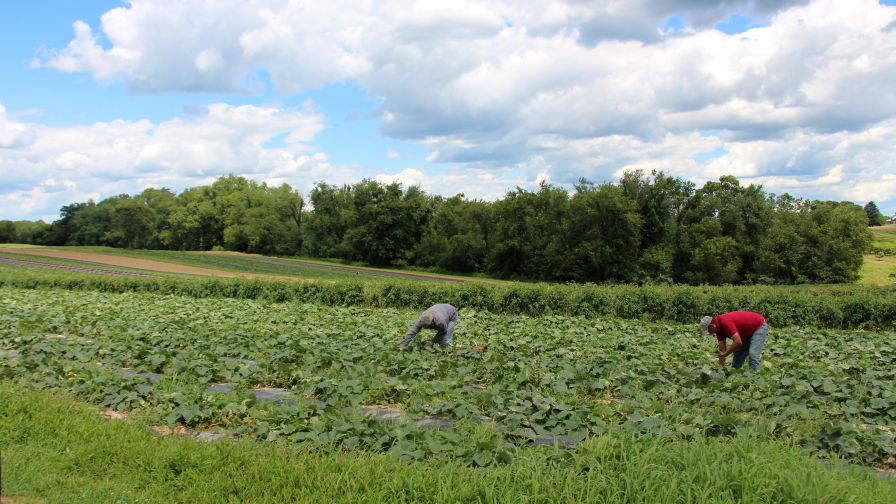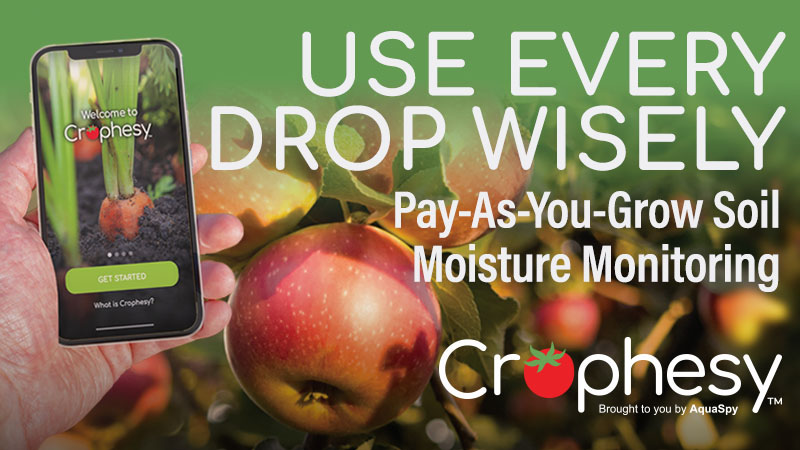Want Labor-Saving Harvest Equipment? Collaborate.

Growers want new equipment that will ease the number of workers harvesting crops.
Ask a grower about how to solve labor issues, and he’ll mention the need for harvesting equipment and technology.
Harvesting crops is one of the most labor-intensive tasks on a farm, if not the most demanding of labor. Growers who have adopted automated harvesters for crops like lettuce, carrots, potatoes, and other crops that can be destroyed at harvest has learned that equipment can make a big difference. And they would love to have similar help in crops like peppers, strawberries, and melons.
And manufacturers are responding.
“We are getting the factories in the fields described 80 years ago, with most growers offering ever-longer seasons to a core labor force, and using contractors as short-term supplemental labor,” says Philip Martin, Professor Emeritus, University of California, Davis, Agricultural and Resource Economics.
American Vegetable Grower® magazine sent out questions to manufacturers, researchers, and growers, asking what they think on a number of issues surrounding how to bridge the gap between what’s available now.
Take the Initiative in Innovation
Many harvest equipment manufacturers welcome grower feedback. It helps them develop designs that better suit their clients’ needs.
“We welcome meeting with growers’ field operations staff to come up innovative solutions that, with their input and us working with their staff, we get an understanding of what’s needed and what direction we can go on machine design and machine innovation,” says Frank Maconachy, President and CEO of Ramsay Highlander.
Maconachy also looks to other companies for ideas. It is teaming up with two companies whose products hold the potential to make his harvesters even more effective for growers. Tracking software provider T3 Technologies, and the Dutch vegetable wrapping and packaging company BrimaPack are partnering to adapt their products to existing Ramsay Highlander harvest equipment chassis, which creates significant efficiencies.
If growers can automate wrapping their lettuce, broccoli, and carrots at harvest, Maconachy says, that will decrease the number of workers in the field. Add in the T3 Technology software, which automatically logs when and where crops are harvested, and growers save time on filing out traceability paper trail required by regulations.
Many of today’s common practices arose from similar collaborations. Just consider what is common equipment today.
“Labor-saving devices like automated lettuce thinners, automated lettuce harvesters, automated weeders, harvest assist frames for strawberry harvest eliminates non-productive time hauling full trays to end of row to exchange for an empty tray,” says University of California Cooperative Extension Weed Specialist Steven Fennimore.
Then there are growers who use existing equipment, and adapt it conduct tasks beyond what it is designed for. One grower, who requested to not be named, says his operation will trial, then buy new harvest equipment, and modify it to suit the task needed.
How to Work Around the Cost Barrier of New Equipment
As with any new technology, today’s harvesting equipment can be pricey. But that doesn’t automatically bar small and medium growers from accessing it. Likewise, large growers on tight budget can find ways to use the higher-end equipment in a more budget friendly way.
One suggestion is to share the equipment with area growers. Equipment cooperatives exist all over the country, and growers can develop their own with hand-selected peers. In these shared-resources partnerships, members will need carefully worded documents that everyone agrees with. It should include how purchasing decisions are made, how operations schedule access to the equipment, how to allow new members in, and how a member can walk away.
“All particulars need to be spelled out so there are no hard feelings between parties,” says Lynn Kime, Senior Extension Associate, Penn State Extension, Department of Agricultural Economics, Sociology, and Extension Education. “They may need to schedule planting times to accommodate the harvesting equipment. Another option would be custom harvesters or operators.”
Another way to handle the costs is to lease the equipment rather than owning it outright. This option allows growers to use the equipment when it’s needed and avoid the related maintenance and storage expenses. However, renting is ongoing, and only slightly less than a loan payment may be. Also, growers can lose some tax write-offs if they do not own the equipment.
An often overlooked factor in the purchasing decision is how much labor is saved.
“Many crops cannot be harvested completely mechanically,” says Kime. “There needs to be some hand labor. In these cases, producers will need to evaluate the cost benefit of the machine.”
That sentiment is echoed by Ramsay Highlander’s Maconachy.
“Calculate the costs savings from labor, administrative tasks (like food safety documentation), and time spent in the field,” he says. Growers may find the savings are worth the investment.
Will the Crops Grown in the U.S. Change Because Labor Costs?
The grower who requested anonymity says his operation is keeping a close watch on the labor costs per crop. If the costs grow too high, then it will drop it in favor of less costly crops. It hasn’t made that move yet, but it’s watching closely. The Extension agents we reached out to all agree he is not alone in making this determination.
If growers across the country begin dropping high-labor crops like strawberries, what is the long-term impact?
Our experts do not expect dire outcomes for one simple reason: As needs rise, the market responds with solutions.
“With higher demand for mechanical harvesting equipment, the marketplace will create better options for that equipment,” Kime says. “Producers are also some of the best mechanical engineers around and will devise updates or changes to existing equipment so they better serve their needs.”
Tom Hertz, Economist for the USDA’s Economic Research Service, agrees.
“Never underestimate the potential for technological advances in mechanization, including robotics, which are accelerating and will expand the list of crops that can be partially or fully mechanized,” Hertz says. “And note that cost-saving technological advances in other aspects of production (like higher yielding varieties or methods) can open up space in the farm budget to accommodate higher wages.”









